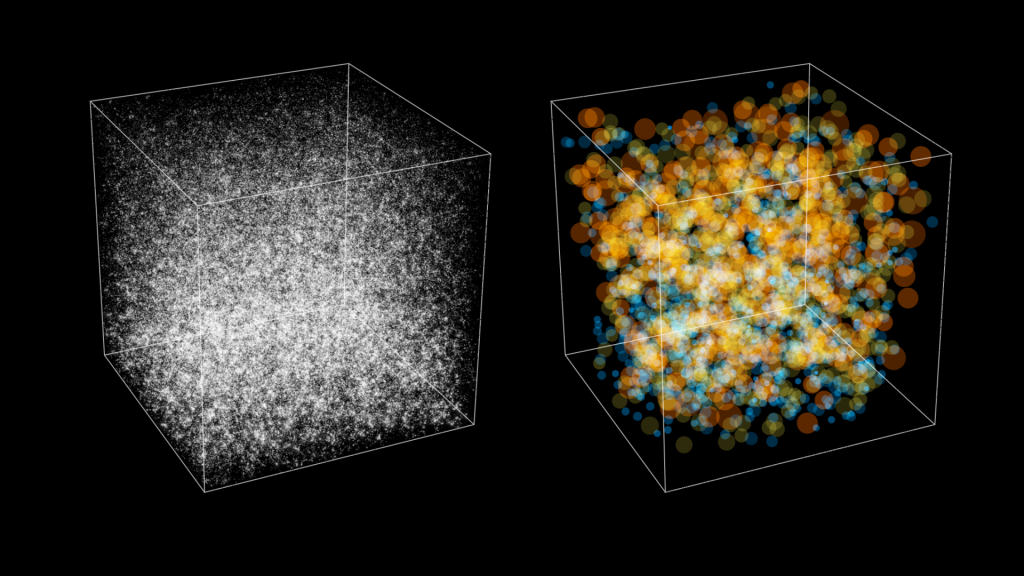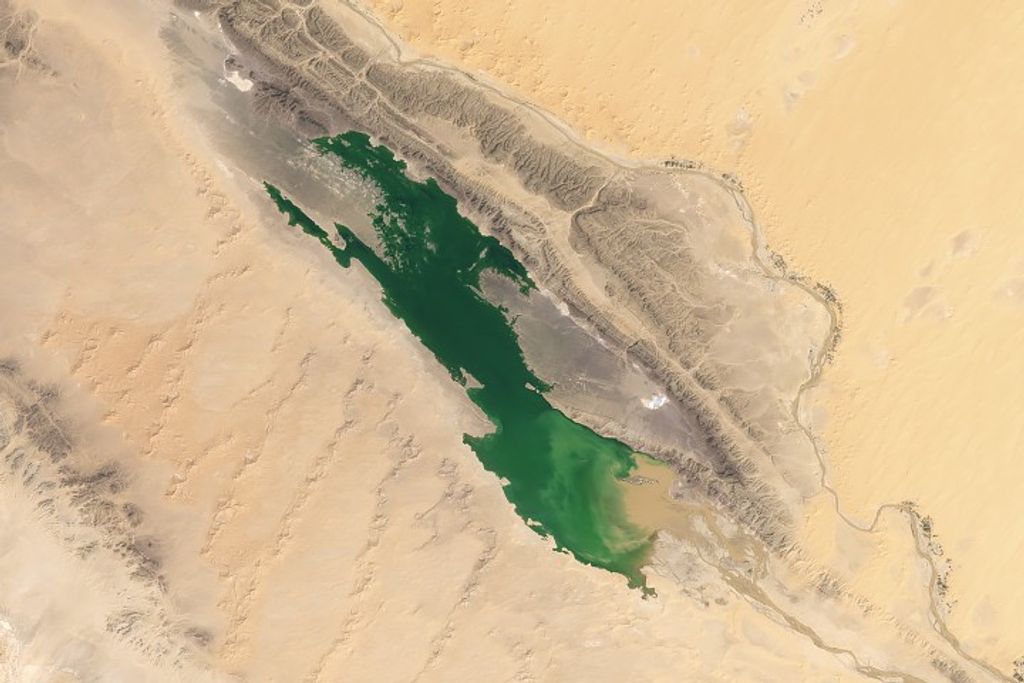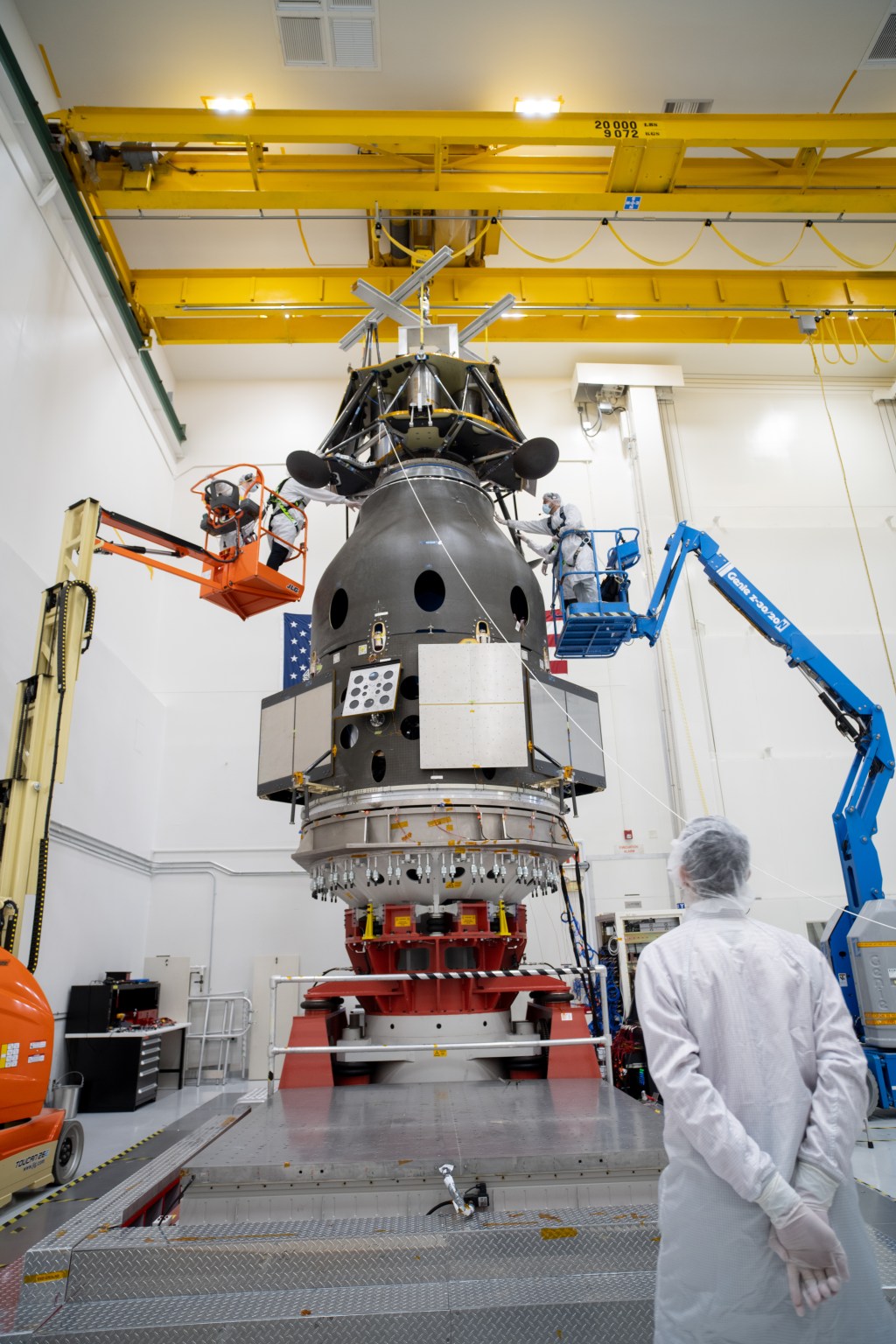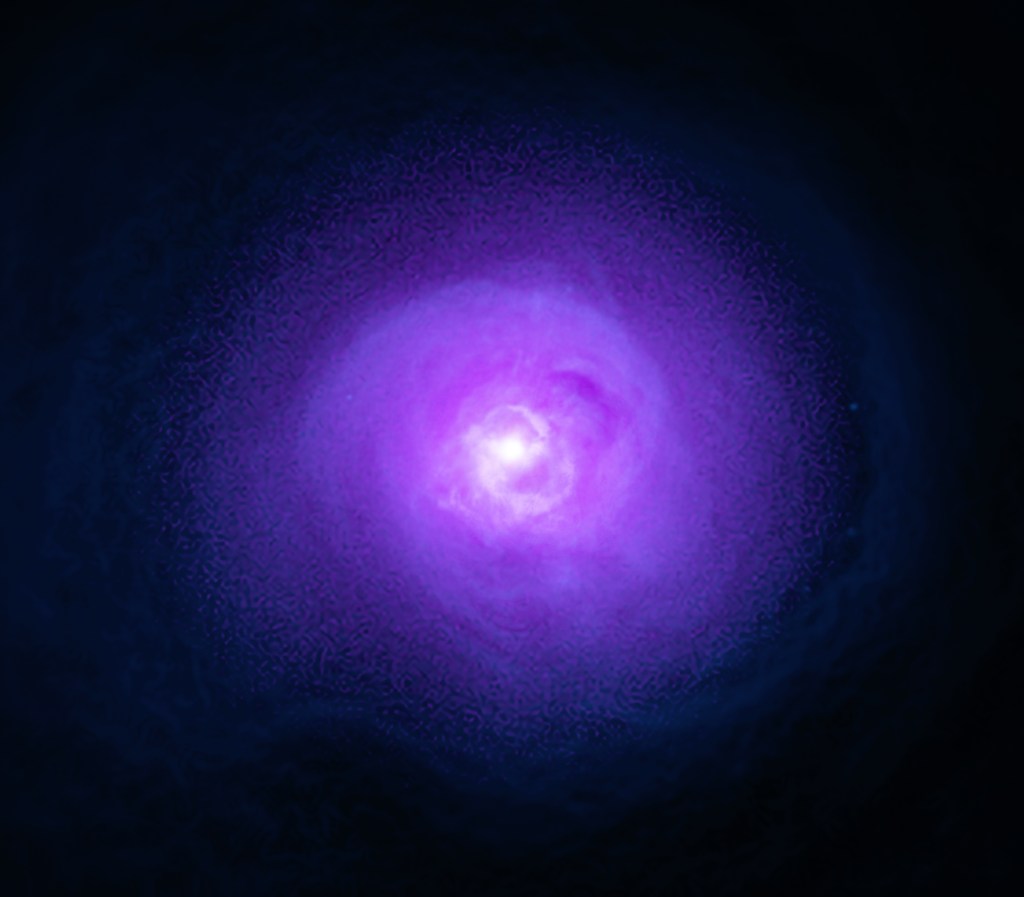1 min read
Development of Massive Elliptical Galaxies

This graphic shows the evolutionary sequence in the growth of massive elliptical galaxies over 13 billion years, as gleaned from space-based and ground-based telescopic observations. The growth of this class of galaxies is quickly driven by rapid star formation and mergers with other galaxies.
About the Data
- Data DescriptionData DescriptionProposal: A description of the observations, their scientific justification, and the links to the data available in the science archive.
Science Team: The astronomers who planned the observations and analyzed the data. "PI" refers to the Principal Investigator.Note: A multitude of archival HST data was used for these findings, including, but not limited to: grism spectroscopy data from the 3D-HST survey which contains areas within the COSMOS field and WFC3/F160W (H160) from the CANDELS survey. These findings are based on Hubble data from proposals 12177 and 12328: P. van Dokkum (Yale Univerity) et al. The science team comprises of: S. Toft (Niels Bohr Institute), V. Smolcic (University of Zagreb), B. Magnelli (Argelander Institute for Astronomy), A. Karim (Argelander Institute for Astronomy and Durham University), A. Zirm (Niels Bohr Institute), M. Michalowski (University of Edinburgh and Universiteit Gent), P. Capak (California Institute of Technology), K. Sheth (National Radio Astronomy Observatory), K. Schawinski (ETH Zurich), J.-K. Krogager (Niels Bohr Institute and European Southern Observatory), S. Wuyts (Max Planck Institute for Extraterrestrial Physics), D. Sanders (University of Hawaii), A. Man (Niels Bohr Institute), D. Lutz (Max Planck Institute for Extraterrestrial Physics), J. Staguhn (NASA Goddard Space Flight Center and Johns Hopkins University), S. Berta (Max Planck Institute for Extraterrestrial Physics), H. McCracken (Institut d’Astrophysique de Paris), J. Krpan (University of Zagreb), D. Riechers (Cornell University and California Institute of Technology), and G. Brammer (European Southern Observatory and STScI). - InstrumentInstrumentThe science instrument used to produce the data.HST>WFC3/IR
- Exposure DatesExposure DatesThe date(s) that the telescope made its observations and the total exposure time.2010 - 2013
- FiltersFiltersThe camera filters that were used in the science observations.F140W (H) and G141
- Object DescriptionObject DescriptionThe type of astronomical object.UDF, COSMOS, GOODS-S, and AEGIS Galaxy Fields
- Release DateJanuary 29, 2014
- Science ReleaseHubble Helps Solve Mystery of Ultra-Compact, Burned-Out Galaxies
- CreditNASA, ESA, S. Toft (Niels Bohr Institute), and A. Feild (STScI); Science Credit: NASA, ESA, S. Toft (Niels Bohr Institute), V. Smolcic (University of Zagreb), B. Magnelli (Argelander Institute for Astronomy), A. Karim (Argelander Institute for Astronomy and Durham University), A. Zirm (Niels Bohr Institute), M. Michalowski (University of Edinburgh and Universiteit Gent), P. Capak (California Institute of Technology), K. Sheth (National Radio Astronomy Observatory), K. Schawinski (ETH Zurich), J.-K. Krogager (Niels Bohr Institute and European Southern Observatory), S. Wuyts (Max Planck Institute for Extraterrestrial Physics), D. Sanders (University of Hawaii), A. Man (Niels Bohr Institute), D. Lutz (Max Planck Institute for Extraterrestrial Physics), J. Staguhn (NASA Goddard Space Flight Center and Johns Hopkins University), S. Berta (Max Planck Institute for Extraterrestrial Physics), H. McCracken (Institut d'Astrophysique de Paris), J. Krpan (University of Zagreb), D. Riechers (Cornell University and California Institute of Technology), and G. Brammer (European Southern Observatory and STScI)
Share
Details
Last Updated
Aug 17, 2025
Contact
Media
Claire Andreoli
NASA’s Goddard Space Flight Center
Greenbelt, Maryland
claire.andreoli@nasa.gov




























